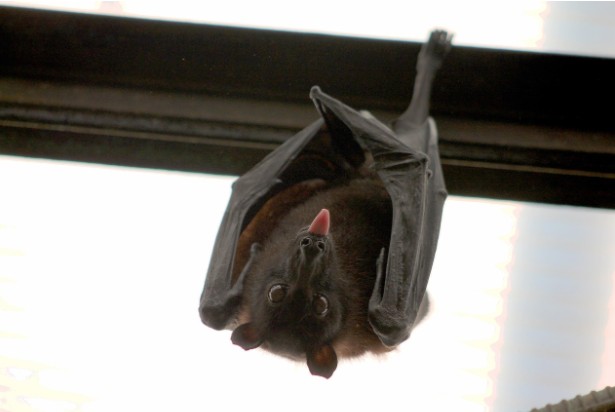Bats are fascinating creatures to study and observe, but not in your home or business properties. Old buildings in Los Angeles are recently getting infested by bats, a common but grave issue for urban and city localities.
Property managers must take charge to prevent long-term damage and save the tenants from risking their health.
Why Bats Are Attracted to Buildings
Bats usually don't come into human contact. They prefer to live reclusively in caves and on tall trees. But with urbanisation in Los Angeles, people are encroaching on their land and taking away their natural habitat.
This makes them adapt to city life and look for a home-like environment. Domestic and industrial properties give them perfect spots for nesting, warm, quiet and away from predators.
Other reasons why bats live inside buildings are:
Dark Spaces - Bats cannot tolerate light and can enter even through a one-centimetre hole in the roof, vent or chimneys of your house. The dark space of these regions of your property attracts them.
Warm Attics - The attic of your house saves bats from predators and gives them a warm, home-like environment. Hence, bats prefer to live in this region of your property.
Steady Food Supply - Insects are food for bats. Any dark region of your house that has poor waste management and standing water helps insects to create their colonies. These areas attract bats.
Seasonal Shelter - Bats hibernate during winter. They feel safe in the indoor spaces of your property during colder months.
Even though bats are useful for controlling insects, they don’t belong inside residential or commercial buildings.
Signs of a Bat Infestation
Bats are nocturnal creatures. They are active and agile at night. So, you cannot find them right away. However, if you come across these warning signs, you could be a victim of a bat infestation.
A high-pitched sound or flapping noise from walls or ceilings
Strong, fetid, ammonia-like smell.
Droopings or dark marks along the roof and vents of your property.
Bat droppings are near the entry zones of the floors of your property.
Tenants are reporting strange noises at night.
As a property manager, if you ignore these signs, you may have to face some serious consequences. Bats can damage your property, risk your life and that of your tenants, and you may need to deal with legal issues.
How to Handle a Bat Problem Safely
When you face a bat infestation in your property, take action quickly and carefully. Learn the bat removal techniques and then try it out. In the USA, they are the number one carrier of rabies. Hence, proper knowledge of safely removing bats from homes is essential to avoid fatalities.
To remove a bat safely, follow these simple steps:
Check the Property Thoroughly - Locate the area from where the bats might have entered. This will help in preventing reinfestation of bats in the future.
Use Exclusion Devices - Take the help of ultrasonic tools, tubes, and meshes to remove bats from your property without harming them.
Avoid Using Poisons or Sprays - Do not use chemicals for bat removal. They will damage your property and cause health hazards to you and other residents of the property.
Seal All Gaps After Removal - Close all the openings once bats leave your property. It will stop them from coming back.
Clean and Sanitise the Area - Dispose of bat waste safely from the property and sanitise the area. Bat droppings can cause serious health issues like histoplasmosis.
Averting Future Infestations
Preventing bats from returning to your property in future can help you build a secure environment in your property. Check for bats inside your property and clean surrounding areas.
These steps can also help prevent bat infestation in future:
Inspect roofs, vents, and attics periodically.
Cover your building’s vents and chimneys with mesh.
Allow air and light to pass through every corner of your house. It will keep insects at bay. This will reduce the chance for bats to search for insects in your house.
Keep your surroundings clean.
Tell your tenants to inform you about noises and droppings immediately.
Apart from preventing bat infestation, these measures will also help you and your tenants lead a healthy and safe life.
When to Call Professionals
It is difficult to control bat infestation without proper knowledge. Contact a wildlife rescue for bat removal if you doubt that your building is bat-infested. They have proper tools and protective shields to take bats out of your house without harming themselves or the bats. It will also ensure that your property is safe from damage and that no one living there is prone to health risks.
Conclusion
Bats are good for nature, but not for your home. If they come to your property, remove them immediately. Also, protect your building from future infestation. Seek expert help if required.










